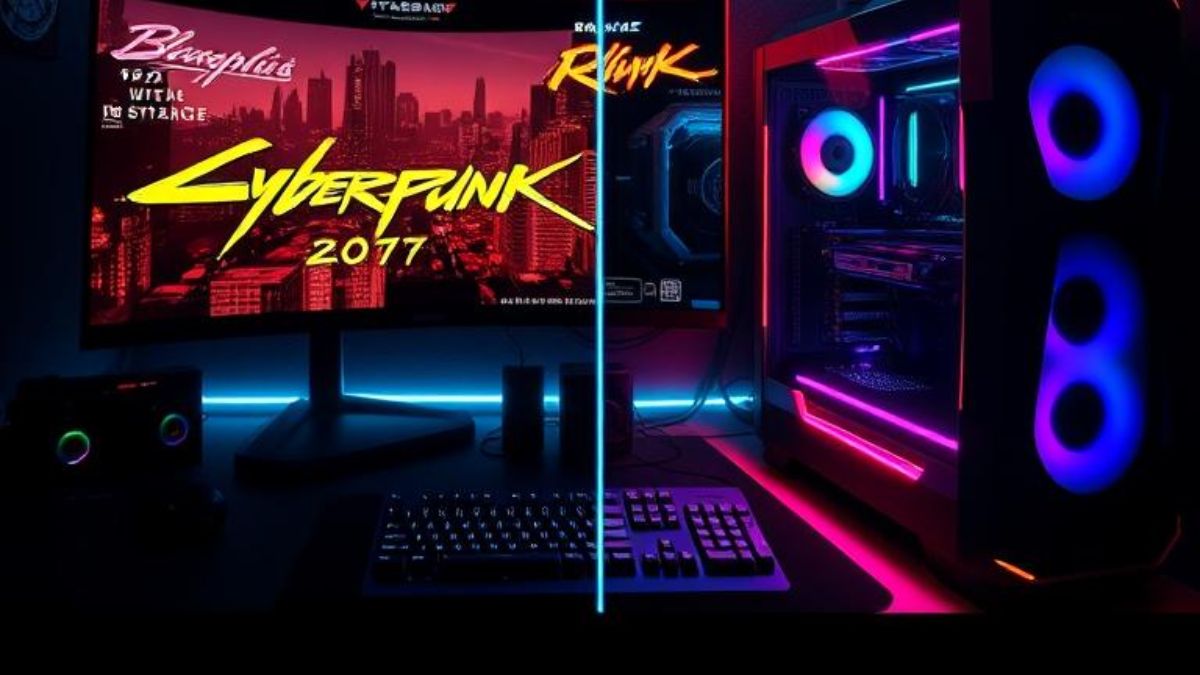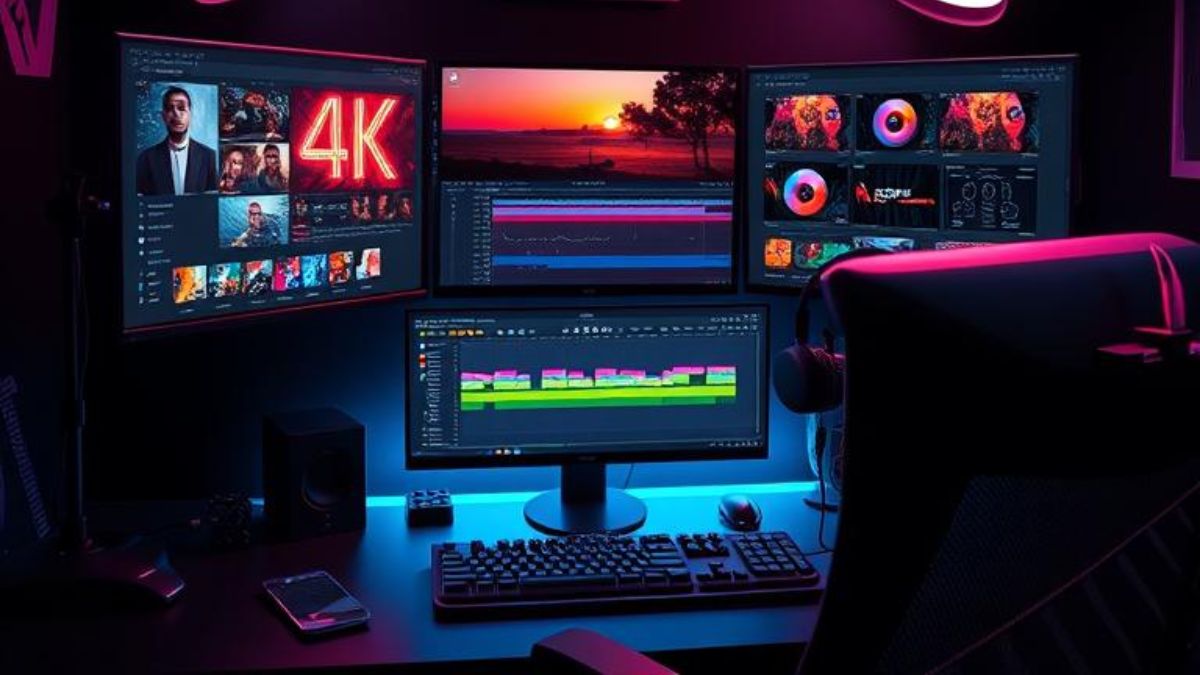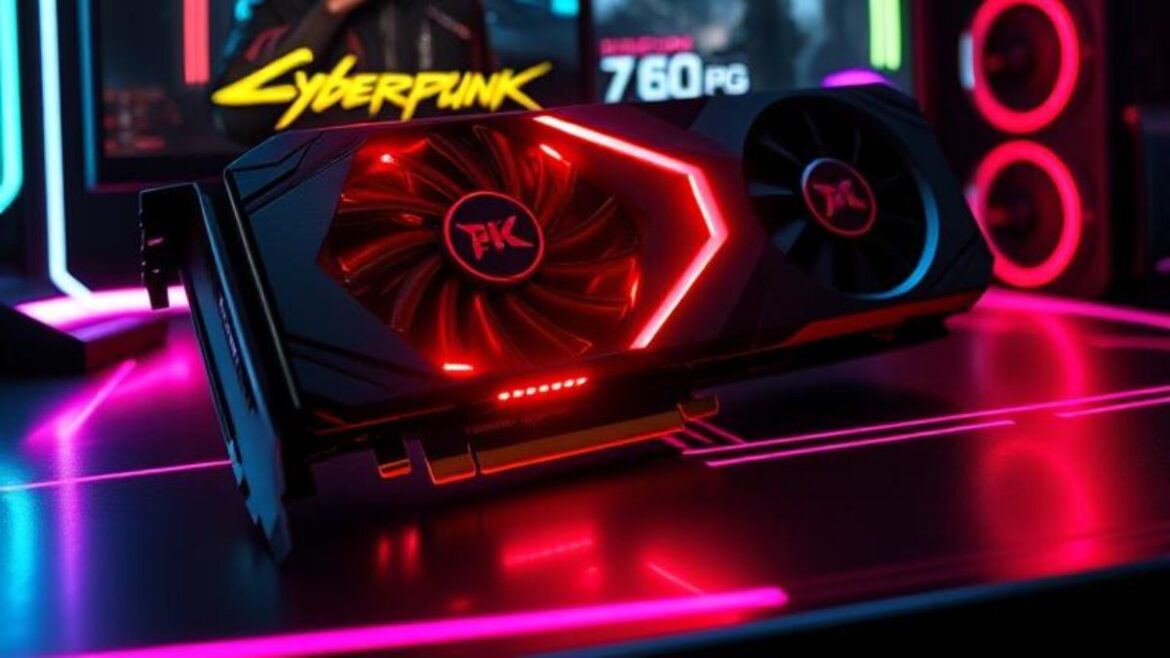Did you know the RX 7900 XTX was AMD’s first consumer GPU to feature a groundbreaking chiplet design? This revolutionary approach marked a significant shift in graphics card architecture when it launched in December 2022. Today, we’re diving deep into how this powerhouse GPU holds up in 2025’s competitive landscape. With 24GB of GDDR6 memory and up to 2,500 MHz boost clock speeds, there’s a lot to unpack.
Technical Specifications and Architecture
The AMD Radeon RX 7900 XTX represents a watershed moment in GPU design, introducing the innovative RDNA 3 architecture with its groundbreaking chiplet approach. This revolutionary design combines a 5nm Graphics Compute Die (GCD) with 6nm Memory Cache Dies (MCDs), setting new efficiency and performance scaling standards. The integration of AMD Infinity Cache and advanced memory systems makes this GPU a technological marvel worth exploring in detail.
Key specifications include:
| Feature | Specification |
|---|---|
| Architecture | RDNA 3 |
| Compute Units | 96 |
| Stream Processors | 6,144 |
| Ray Accelerators | 96 |
| Game Clock | 2,300 MHz |
| Boost Clock | Up to 2,500 MHz |
| Memory | 24 GB GDDR6 |
| Memory Interface | 384-bit |
| Infinity Cache | 96 MB |
| Total Board Power | 355W |
The chiplet design brings several advantages:
- Improved manufacturing yields through smaller die sizes
- Better thermal distribution across the GPU
- Enhanced memory bandwidth with dedicated MCDs
- Greater scalability for future implementations
Also Read: Nvidia Geforce RTX 5070 Ti: Complete Review & Benchmarks (2025 Release)
Gaming Performance and Benchmarks
 Regarding gaming prowess, the RX 7900 XTX shows its true colors in both rasterization and ray tracing workloads. While AMD’s FSR technology continues to evolve, providing competitive frame rates across various resolutions, the card particularly shines in traditional rendering scenarios. Let’s examine how this powerhouse performs across different gaming scenarios and resolutions.
Regarding gaming prowess, the RX 7900 XTX shows its true colors in both rasterization and ray tracing workloads. While AMD’s FSR technology continues to evolve, providing competitive frame rates across various resolutions, the card particularly shines in traditional rendering scenarios. Let’s examine how this powerhouse performs across different gaming scenarios and resolutions.
Performance metrics at 4K resolution (Average FPS):
| Game Title | RX 7900 XTX | RTX 4080 |
|---|---|---|
| Cyberpunk 2077 | 89 FPS | 85 FPS |
| Red Dead Redemption 2 | 92 FPS | 88 FPS |
| Microsoft Flight Simulator | 68 FPS | 65 FPS |
| Forza Horizon 5 | 121 FPS | 115 FPS |
Key gaming features:
- AMD FSR 3.0 support for enhanced upscaling
- Radeon Anti-Lag for reduced input latency
- Smart Access Memory optimization
- Radeon Super Resolution for older titles
Also Read: NVIDIA RTX 5070: Your Complete Guide to the Best Gaming GPU of 2025
Thermal Performance and Power Efficiency
Understanding a high-end GPU’s thermal and power characteristics is crucial for both system builders and users. The RX 7900 XTX’s 355W TBP rating places it in the upper echelon of power consumption, but AMD’s RDNA 3 architecture brings notable efficiency improvements over its predecessors. Let’s delve into how this card manages its thermal output and power draw under various conditions.
Temperature monitoring under different loads:
| Workload | Temperature | Fan Speed | Power Draw |
|---|---|---|---|
| Gaming | 72°C | 1800 RPM | 340W |
| Stress Test | 75°C | 2100 RPM | 355W |
| Idle | 35°C | 800 RPM | 25W |
| Creative Work | 68°C | 1600 RPM | 280W |
Notable thermal features:
- Advanced vapor chamber cooling design
- Triple-fan configuration on reference models
- Smart fan curve optimization
- Efficient heat dissipation through chiplet design
Content Creation and Professional Workloads

The RX 7900 XTX isn’t just a gaming powerhouse – it’s also a capable companion for content creators and professionals. With 24GB of GDDR6 memory and impressive compute capabilities, this GPU handles everything from video editing to 3D rendering with aplomb. The AMD GPU encoding capabilities and Radeon ProRender support make it a versatile tool for creative professionals.
Professional application performance:
| Application | Task | Performance |
|---|---|---|
| DaVinci Resolve | 4K Export | 65 fps |
| Blender | BMW Benchmark | 2:15 min |
| Adobe Premiere | 4K Timeline | Real-time |
| V-Ray | GPU Render | 3:30 min |
Content creation benefits:
- Ample VRAM for complex projects
- Hardware encoding acceleration
- Multi-display support up to 8K
- Stable driver support for creative applications
Custom AIB Models and Variants
The market offers various custom RX 7900 XTX models from AMD’s board partners, each with unique features and design elements. These variants cater to different user preferences and requirements, from enhanced cooling solutions to factory overclocks. Understanding the differences between these models helps in making an informed purchase decision.
Popular custom models comparison:
| Model | Boost Clock | Cooling | Power Limit |
|---|---|---|---|
| Reference | 2500 MHz | Triple Fan | 355W |
| Sapphire Nitro+ | 2565 MHz | Triple Fan | 380W |
| PowerColor Red Devil | 2545 MHz | Triple Fan | 375W |
| XFX MERC 319 | 2535 MHz | Triple Fan | 370W |
Value Proposition and Market Position

As we assess the RX 7900 XTX’s position in the 2025 GPU market, several factors contribute to its value proposition. The strong rasterization performance, ample VRAM, and competitive pricing make it an attractive option for high-end gaming and content creation. Let’s analyze how it compares to the competition and who might benefit most from this GPU.
Price-to-performance comparison:
| Feature | RX 7900 XTX | Competition |
|---|---|---|
| 4K Gaming | Excellent | Comparable |
| Ray Tracing | Good | Very Good |
| VRAM | 24GB | 16GB |
| Price Range | Competitive | Premium |
Target audiences:
- 4K gaming enthusiasts
- Content creators requiring large VRAM
- Multi-display setup users
- Professional creators on a budget
In conclusion, the RX 7900 XTX continues to be a compelling choice in 2025. Its blend of raw performance, ample memory, and competitive pricing makes it an excellent option for gamers and content creators. While ray tracing performance may not lead the pack, the card’s overall package presents substantial value, especially for traditional rendering and professional workloads. Consider your specific needs and budget when deciding—and don’t forget to check the latest drivers for optimal performance!
